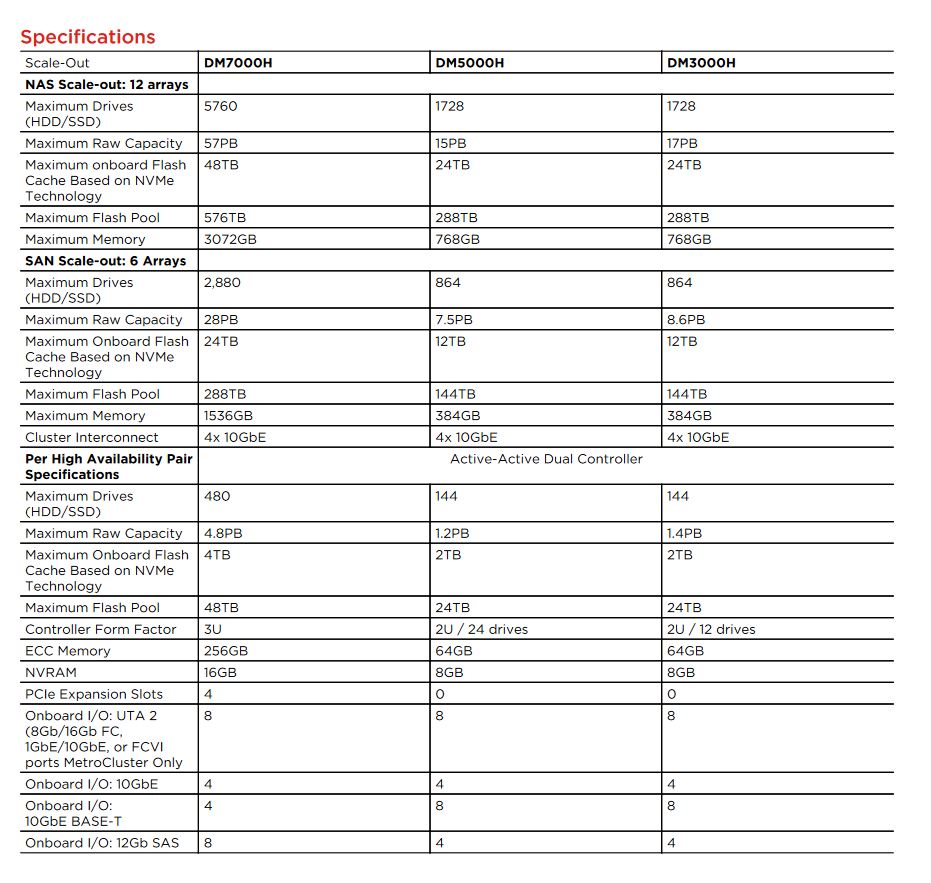Lenovo And NetApp Partner Up, Release All-Flash Arrays
Lenovo announced a partnership with NetApp to produce a new line of ThinkSystem all-flash and hybrid all-flash arrays. Lenovo will produce the new arrays and provide the heft of its manufacturing, global supply chain, and support ecosystem while NetApp will provide the software and design. The combined might of the two companies should better position them to compete with other industry behemoths in the all-flash array market, such as Pure Storage, Dell/EMC, HPE, and IBM.
Lenovo and NetApp also announced a joint venture in China to develop customized solutions for that market. That strategic move provides NetApp with access to the booming China market because regulations require companies to either produce their products in the country or partner with an indigenous company. The companies submitted the deal to Chinese authorities for approval, which should be a straightforward affair given that Lenovo hails from China. Lenovo and NetApp expect the joint venture to be operational by early 2019.
The new ThinkSystem storage systems come in DM and DE flavors. The flagship ThinkSystem All-Flash Array models come brimming with the latest in high-performance storage technology, like NVMe over Fibre Channel (NVMeoF), which runs the ubiquitous NVMe storage protocol over a networking fabric to reduce latency below 100 microseconds. Networking consists of 40GbE or 32Gb Fibre Channel options. Peak storage performance tops out at four million IOPS (per cluster). The ONTAP Flash Essentials software offers the requisite selection of enterprise-grade features, such as inline deduplication and compression, various encryption options, and support for SED drives.




The maximum all-flash capacity tops out at 96.7PB with 12 High-Availability pairs, but data reduction technologies inflate the usable storage up to 281PB. Each node also supports up to 16GB of NVRAM, which is standard RAM backed by power capacitors. This speedy layer of persistent memory is used to boost the performance and endurance of the flash media.
The DM Hybrid Flash Arrays meld the speed of flash with the economics and capacity of hard drives. A 12-array cluster scales up to 57PB of raw HDD capacity and 576TB of flash, but this price-conscious option doesn't include data reduction technologies. Each node also supports up to 16GB of NVRAM and 10GbE networking.
Finally, the DE series steps in as the low-cost alternatives and come with lower capacity and performance targets (listed in the tables above).
Both the DE and DM systems are available now. Head to Lenovo's Empower Transformation website for more details.
Get Tom's Hardware's best news and in-depth reviews, straight to your inbox.

Paul Alcorn is the Editor-in-Chief for Tom's Hardware US. He also writes news and reviews on CPUs, storage, and enterprise hardware.

